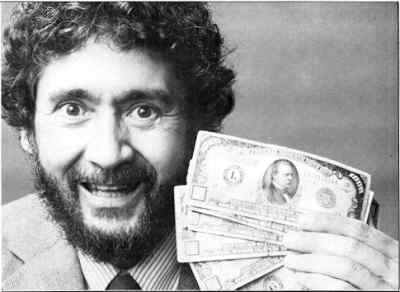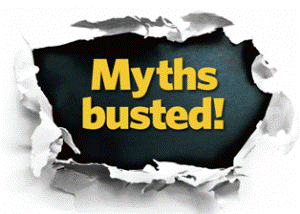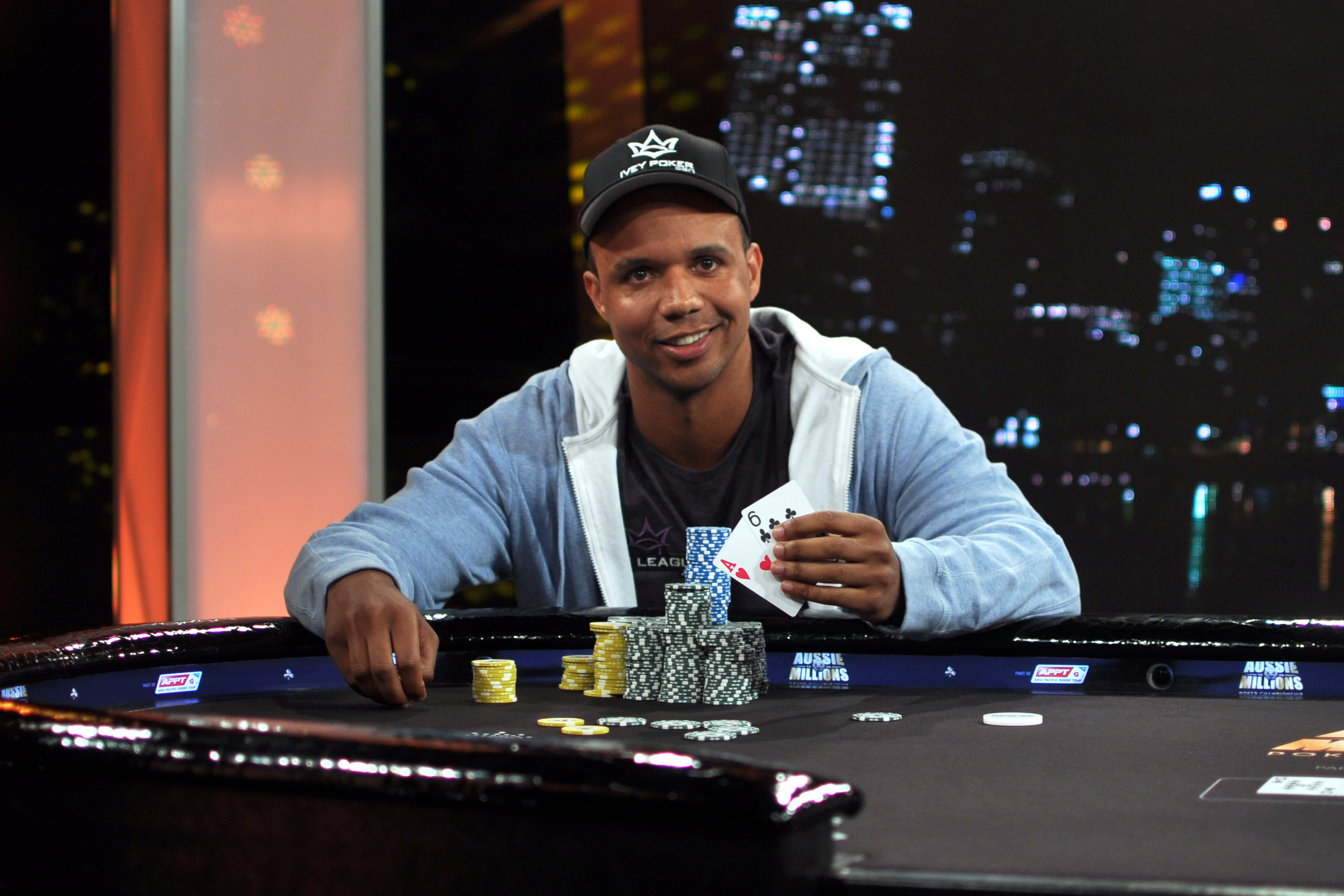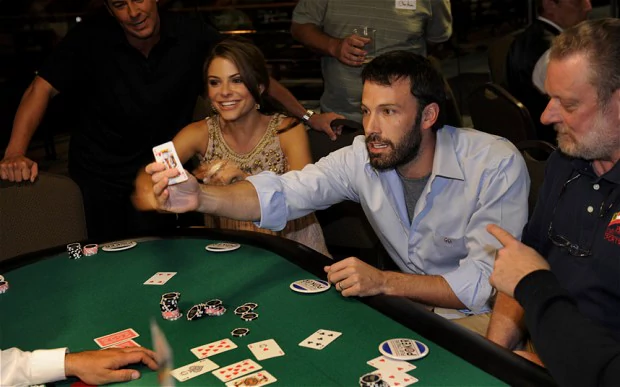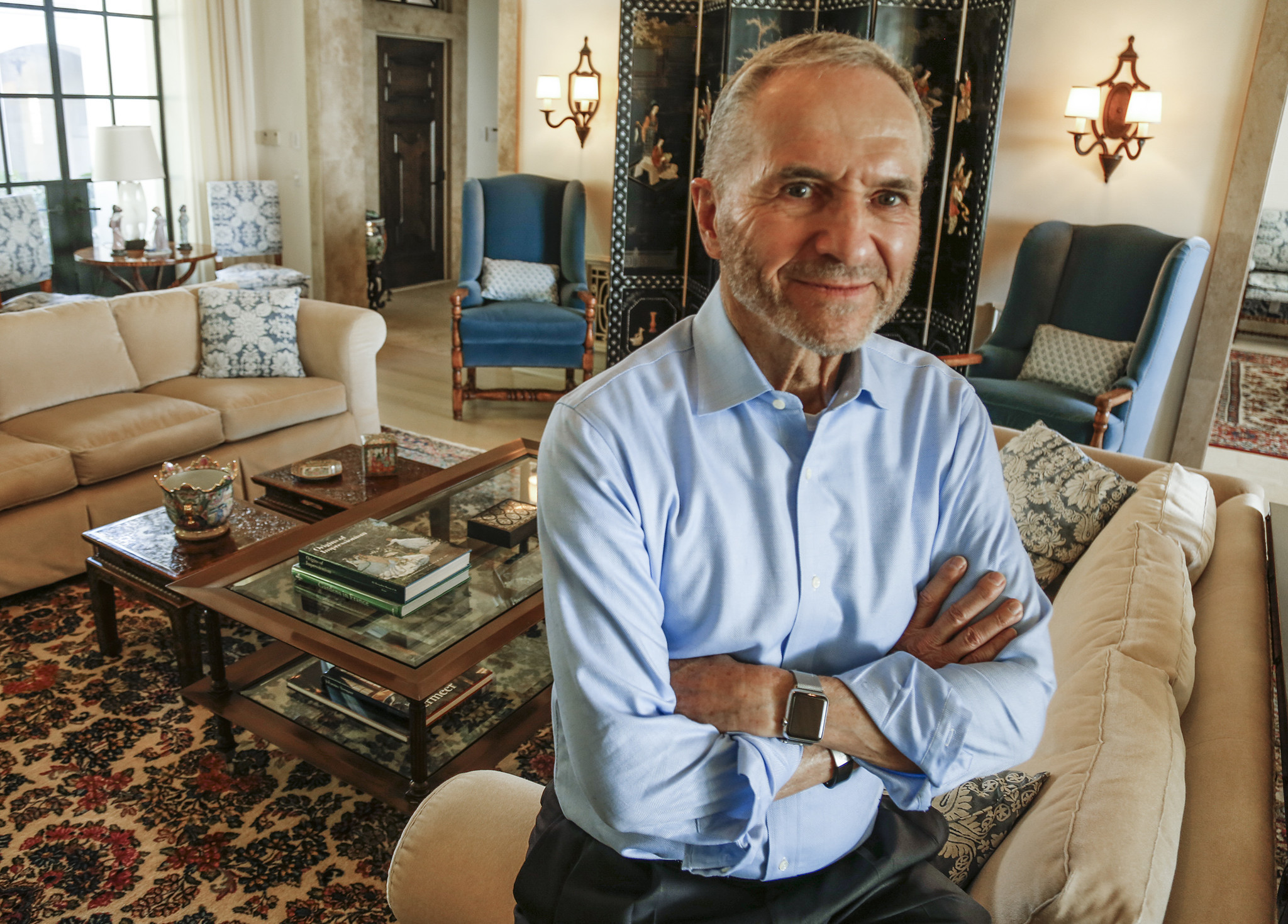Once in a while, a celebrated casino hustler makes the transit from The Strip to Wall Street. The same poker face, self-composure, and eye for patterns that added to the gambler’s winning pot do just as well among the statistical projections and ruthless mathematics of the marketing industry.
Ed Thorp and James Grosjean have taken the casino world by storm first, changing the rules of the games they beat.
Since they had become too high profile to not sound the alarm every time they crossed the threshold of a gambling venue, most infamous blackjack and poker whizzez moved their business and knowledge to an industry that institutionalized hustling: the stock markets.
Ken Uston joined the gamblers-turned-investors crowd when a disguise wasn’t enough to let this blackjack card counter clean a casino dry.
Ken Uston: From Counting Money to Counting Cards
“Even after we catch them, they’re trying to sneaking back in with beards, and wigs, and fake noses. And this is just what these hustlers look for, they cruise from casino to casino, looking for weak dealers the way lions look for antilopes.”
In the movie Casino, Robert de Niro could have well been talking about Ken Uston’s blackjack technique.
Ken Uston is credited with having invented team play in blackjack. It would be closer to the truth to say the man only helped popularize this “Beat the Dealer” strategy.
To his own admission, Ken Uston had been introduced to the world of 21 by Ed Thorp’s first guide book on the best strategies to win at blackjack.
At the time, Ken Uston filled a pretty enviable position as Senior Vice-President at the Pacific Stock Exchange. Short of a child prodigy, he had become accepted into Yale at 16 and had graduated with an MBA from Harvard. Needless to say, numbers were right up his alley.
So came to be Al Francesco, a professional gambler and the true originator of the team play concept.
To his recollection, Uston had been such a keen and enthusiastic apprentice he just couldn’t say no to him when the novice card counter asked to join his team of swindlers.
As it turned out, Uston was not made for team play.
Al Francesco and the Griffin Book
In the 1960s, as books on how to beat the dealer were proliferating, casinos wouldn’t back down from a good beating in teaching card counters a lesson: Play clueless and leave the house its advantage!
Then followed the ban. This would be enforced all over the American continent on account of your name getting blacklisted in the Griffin Book.
The Griffin Book would sentence the gambler/ hustler to earthy damnation, restricting his access to the paradise of Las Vegas. It came about at the hands of the Griffin Investigations, a company in the employment of the casino industry whose task was to identify and purge the card counters from the establishments.
The last thing Francesco wanted was to wind up in ink on the Griffin Book.
There Is No I in Team Player. But There Is an Uston
Francesco recruited Uston, a smart, sharp-witted ex-investor in his team and after only two months, promoted him to the role of Big Player. Uston would have played a crucial part in the operation.
While the other 9 team mates cruised the venue in search of a high-stakes, profitable count and sit at the chosen table only to bet the minimum amount, the Big Player would join in at a signal and sweep the high count.
It was important that the Big Player thanked his beginner’s good luck all this time and kept to his role as a first-timer on the game.
Uston, unfortunately, was not satisfied to play the ingenue. He slipped into cockiness countless times, endangering the team’s most prized asset: discretion.
Al Franceso later described Ken Uston as less of a team player and more of a flamboyant showman with a lack of blackjack etiquette and little contribution to the group’s finances.
But Uston didn’t stop here to make his brilliant advantage play be known to the world.
He published a book called the Big Player: How a Team of Blackjack Players Made a Million Dollars (co-authored with Roger Rapaport) in which he disclosed the names of every member in the team and the techniques they had employed over the years to beat the casinos.
The book was an instant hit. But the ripple effects of its success were devastating. Consequently, Al Francesco's team was out of The Strip for good. And, as casinos wised up and sounded the alarm, card counters everywhere became easy targets to deal with.
With the release of his book, Uston had single-handedly signed the demise of blackjack advantage play.
He received a nice sum for it, and used that to finance his own team of card counters in Atlantic City. But news travels fast from coast to coast, and soon the casinos there were enforcing a ban as well.
Ken Uston would try on various disguises, fake mustaches and exotic attires to get back on the game, but his boisterous nature would always get the best of him.
As a Forbes article put it, Ken Uston’s goal was “to become the most famous blackjack player in the world which he accomplished but only at the expense of every other professional player’s livelihood.”
Uston moved to Paris, where he died at 52, alone and his single room rental apartment. Cause of death, heart failure.
It was 1987 and a fresh MIT Team of blackjack advantage players, inspired by the adventures of Ken Uston, Al Francesco, and Ed Thorp, were at the height of their own operations, milking the casinos for millions in an inconspicuous but unrestrained manner.
Ken Uston would have been proud of his heritage.











